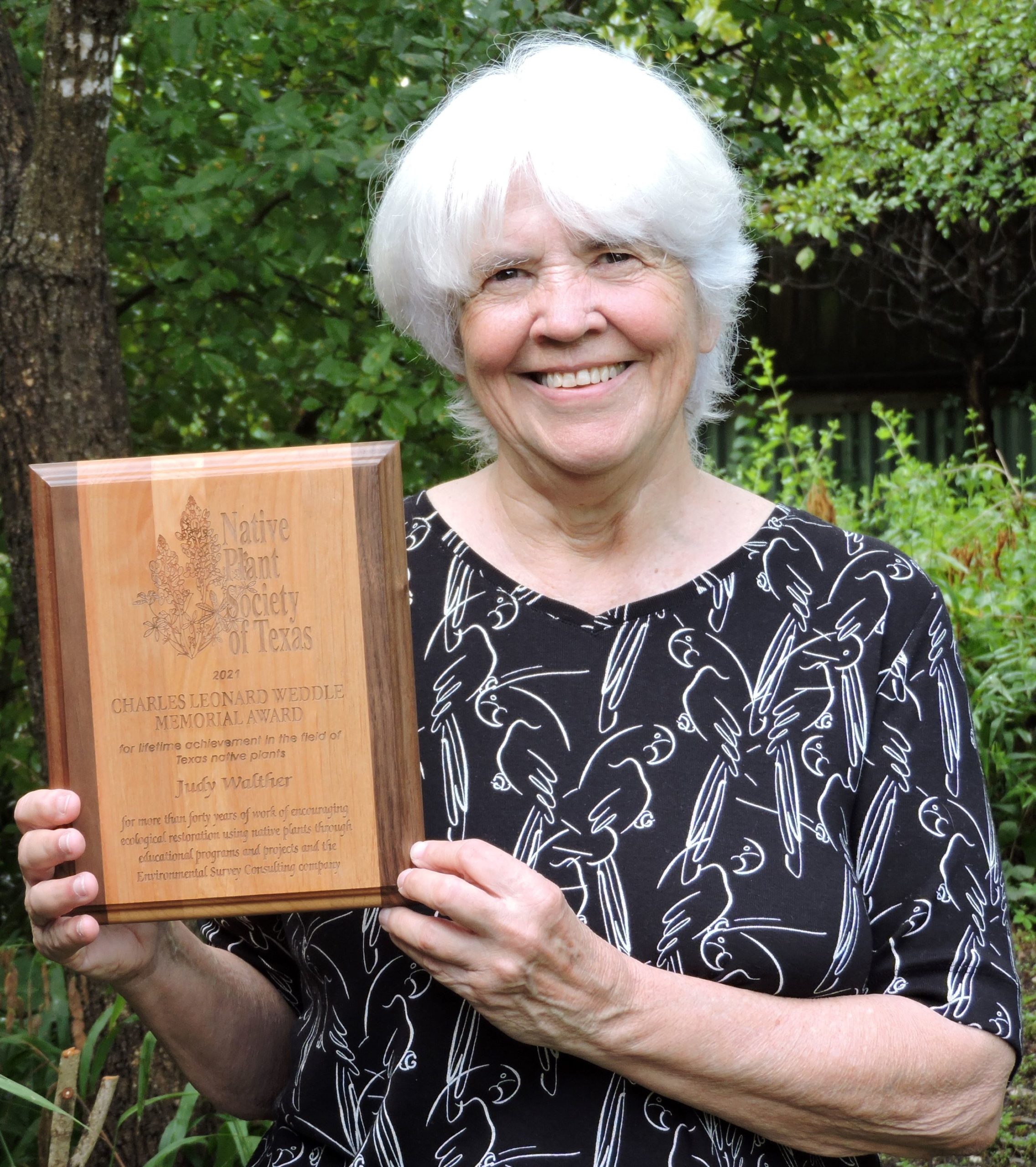



Stan Wilson, ESC General Manager and Certified Ecological Restoration Practitioner (CERP), has been working to restore the riparian landscape along the Comal and Guadalupe rivers and their tributaries since 2019. This work is coordinated by the Edwards Aquifer Habitat Conservation Plan (EAHCP), which is funded by municipal water customers in the major counties within the Edwards Aquifer contributing, recharge, and artesian zones. Recently, EAHCP profiled our restoration work at Landa…
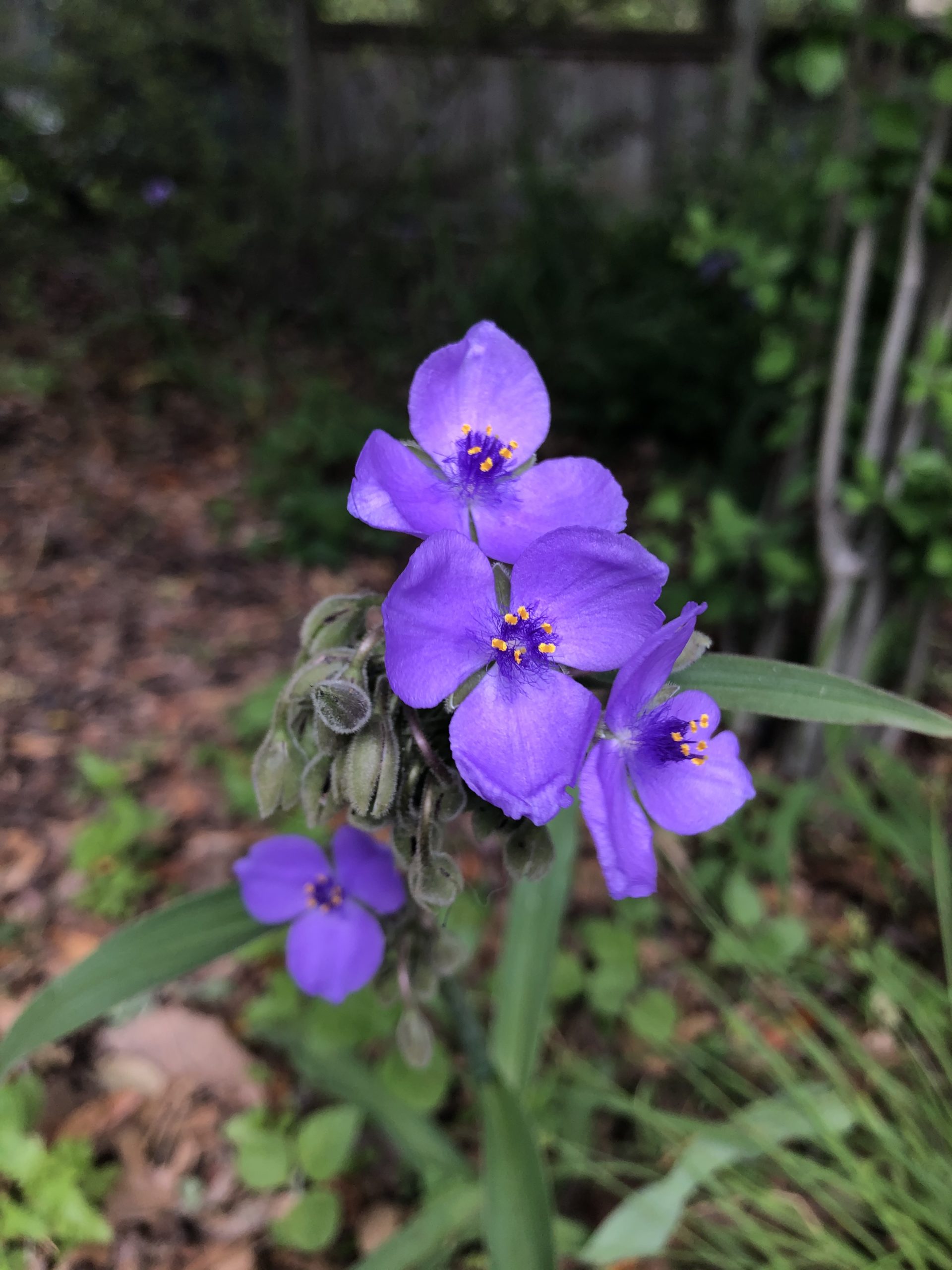
During our recent deep freeze and snowfall, most of our native plant species were able to survive, even as many exotic species perished. One early spring bloomer that survived during the freeze was giant spiderwort (Tradescantia gigantea). Even though this perennial plant’s long, slender leaves were already apparent prior to the freeze, they came out nearly unscathed (some leaf tips experienced “freeze burn”). Now these survivors are displaying their three-petal…
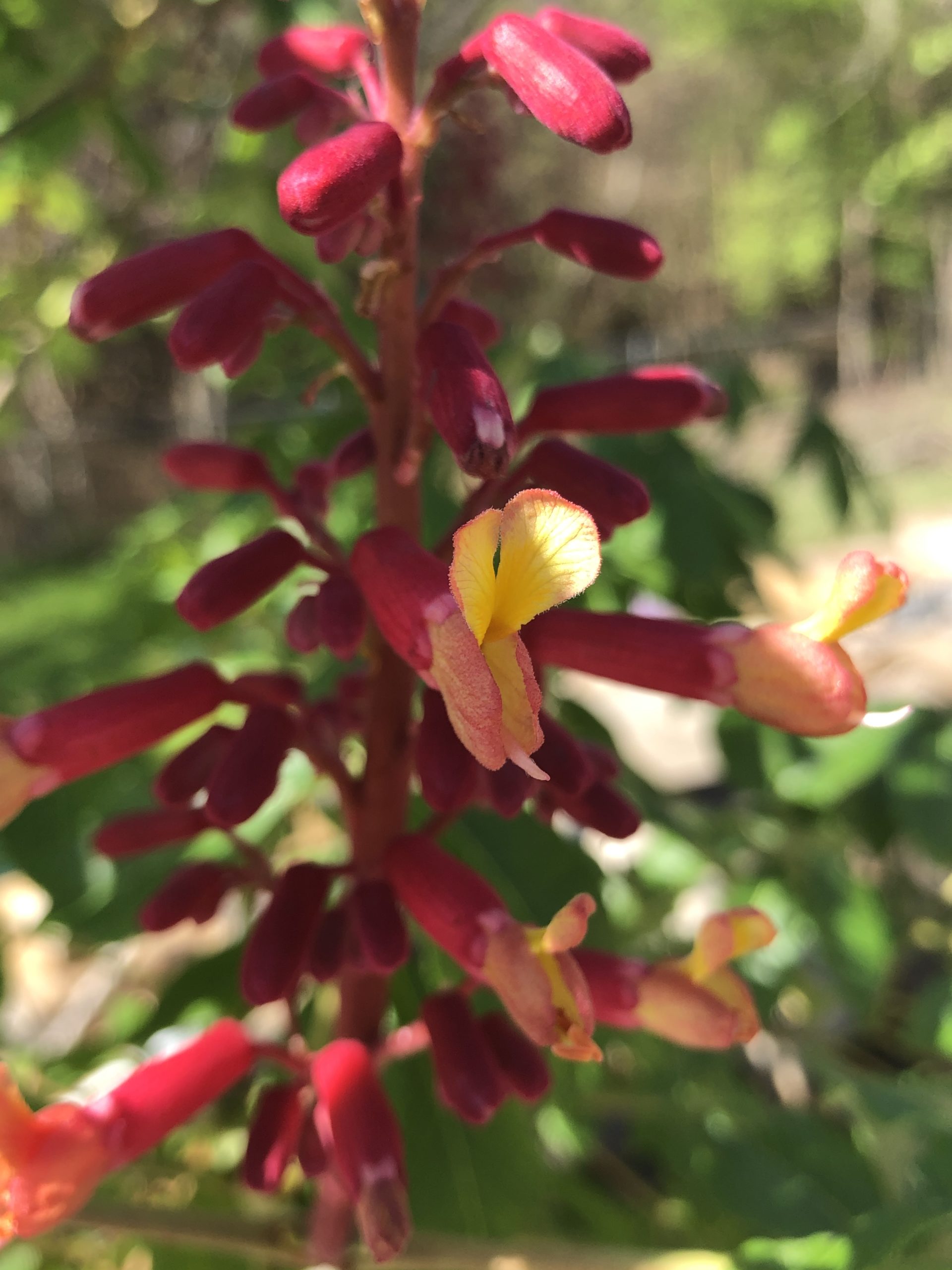
Appalled by the devastation wreaked on your plants by the Valentine’s freeze? Before you run out to replace your “native” plants, here are a few excellent resources for determining what plants are truly native, and dramatically increase the survivability of your landscape. Texas is a big state with over 3,000 native plant species. With the ever-increasing popularity of planting native, big box stores have jumped on the bandwagon and frequently add “Texas native” to labeling. But “Texas native”…
ESC Ecologist, David Mahler’s presentation, Harvest and Use of Native Seed in the Garden and in Restoration, originally preseted at the online chapter meeting of Native Plant Society of Texas, San Antonio is now available for your (FREE) viewing pleasure. Learn how to ethically and effectively harvest seeds, as learned by Mahler in his decades of restoration work at Spicewood Ranch.

A natural swimming pool is constructed so water is clarified and treated by wetland plants rather than chemicals and UV lights. While Europeans have decades of experience with these pools, they are just starting to become popular in the United States. ESC has recently melded its decades of experience with created wetlands for urban runoff treatment with construction of traditional swimming pools and natural fish ponds, using natural Hill Country…
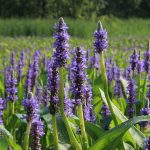
Plants and Phytoremediation Unlike raingardens, wet ponds are designed to capture and hold runoff from impervious cover. Urban runoff can carry pollutants such as gasoline, motor oil, heavy metals, fertilizers, pesticides, aromatic hydrocarbons (PAHs), nickel, copper, zinc, cadmium, lead, synthetic organic compounds, zinc nitrates and phosphorus. Phytoremediation is the use of plants for cleaning up contaminants in soil, groundwater, surface water and air. Fortunately, the plant communities ESC establishes and…
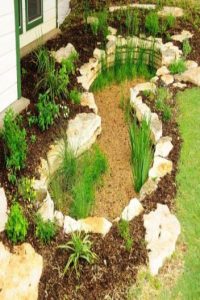
Green Infrastructure for Your Yard With increasing pressure to better handle flood events and improve water quality, many municipalities (including the City of Austin) are implementing measures to slow down, retain, and treat stormwater on-site, allowing it to permeate into the groundwater while carrying less runoff pollution. The methods for accomplishing this are collectively known as green infrastructure. While cities are funding these projects with public money and installing them…
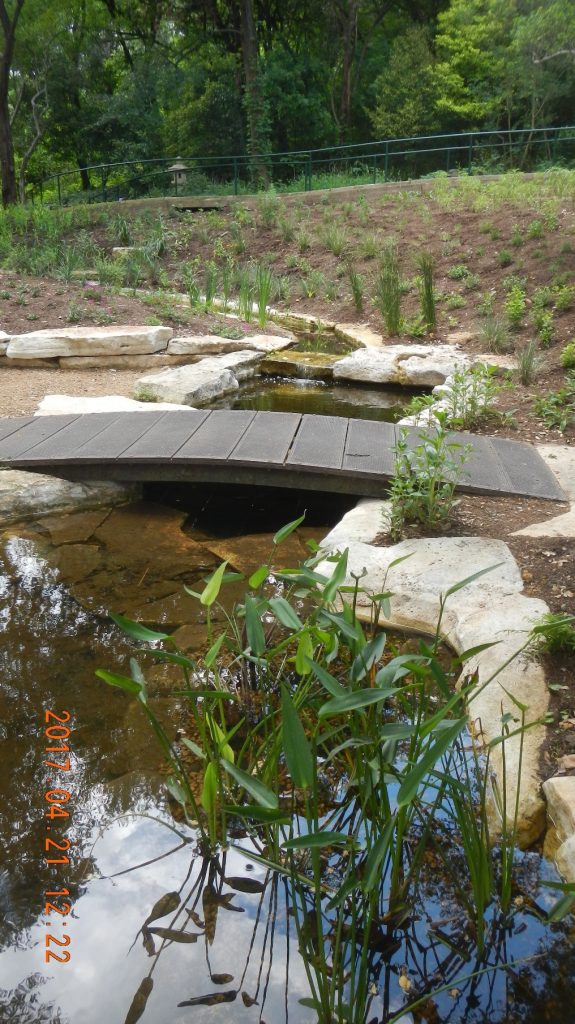
Zilker Botanical Gardens Stream Restoration Project – Evolution of a Stream This photo essay illustrates ESC’s process for restoring the stream below the Taniguchi Gardens in the Zilker Botanical Garden.
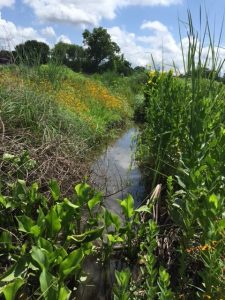
ESC Completes Two Year Program Daylighting and Restoring Urban Creek at Oak Springs In late 2016, ESC completed the restoration of a creek that had been previously capped off and channeled underground. Existing vegetation was limited to exotic turfgrass and other quick-cover species. ESC’s restoration work was performed in conjunction with the City of Austin Watershed Protection Department. The site, at the corner of Tillery St. and Oak Springs Dr.,…
Environmental Survey Consulting (ESC) uses the principles of ecological restoration to design and build beautiful landscapes that reflect Texas’ natural heritage. In addition we provide naturalistic water features, hardscape using local stone, and low-impact nature trails.
ESC also designs and carries-out ecological restoration plans for upland, riparian and wetland habitats, provides park and preserve planning and consulting, and offers ecological education services to groups of all ages.
